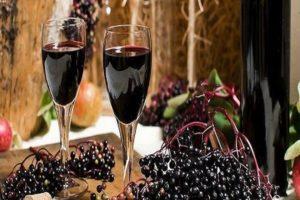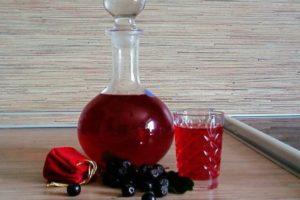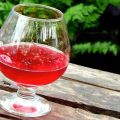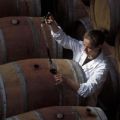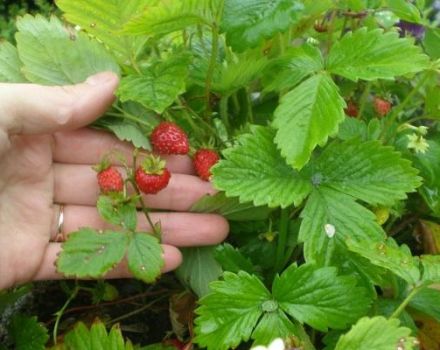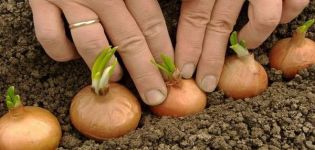Step-by-step technology on how to make wine with your own hands at home
Winemakers keep the secrets of getting an excellent drink and pass them on from generation to generation. But the technology of making wine has been known since ancient times, knowing simple rules, anyone can prepare a drink on their own. Consider how to make homemade wine from grapes or other fruits and berries. After the technology is mastered, there will be own recipes and secrets that will make the homemade drink unique and refined.
What you need to make a drink
To make wine using home technology, you will need:
- capacity for fermentation of pulp;
- bottles;
- pusher, stirring paddle;
- water seal (glove);
- flexible hose for removing wine from sediment.
Containers and accessories are washed, disinfected and thoroughly dried before use.
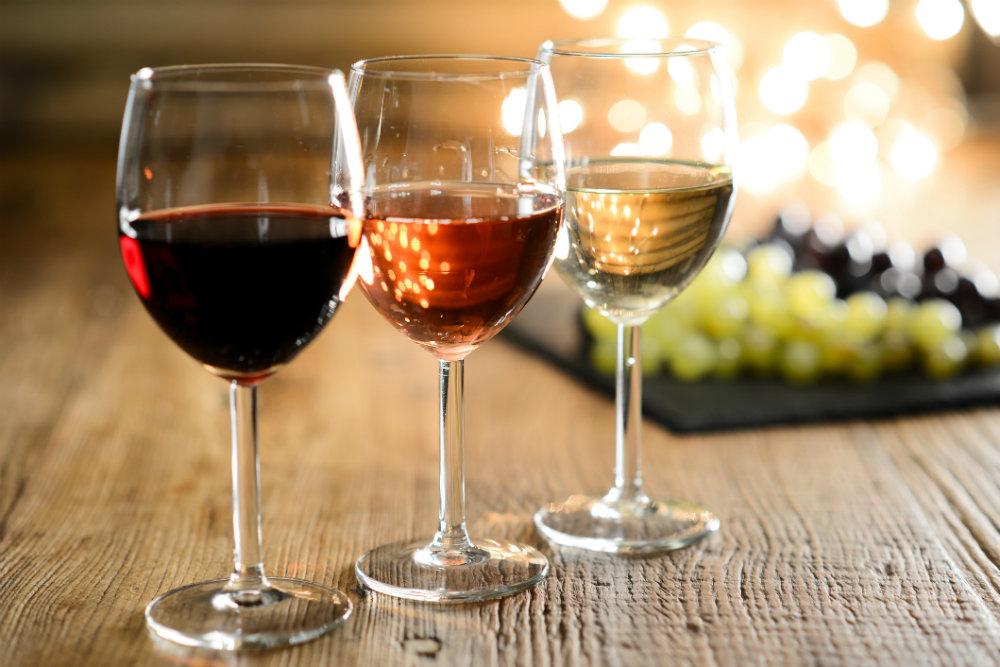
Stages of making wine at home
It is as if nature made sure that people could make wine - the substances that cause fermentation are found on the fruits. The main task of novice winemakers is to correctly collect and prepare raw materials, to create conditions for starting the fermentation process. In further production, it is necessary to follow the sequence of work, to maintain the required time frame for the drink to ferment and mature.
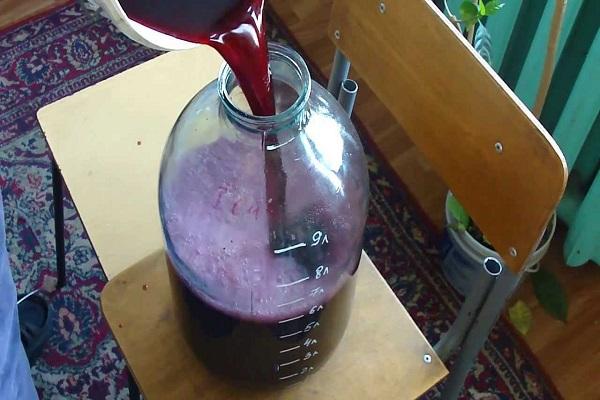
Selection and preparation rules
The traditional raw material for wine is grapes. Wine sorts give better juice, ferment. It is best to use them for home cooking. Basic rules for choosing grapes:
- choose only fully ripe brushes - without signs of immaturity, deterioration, mechanical damage;
- cleaning is carried out in dry weather - there should be no moisture on the brushes;
- the grapes are not washed - the plaque contains substances that trigger fermentation;
- berries are removed from the brushes.
The plantation is treated with chemicals, if necessary, long before the harvest, so that there are no traces of harmful substances left on the fruits.
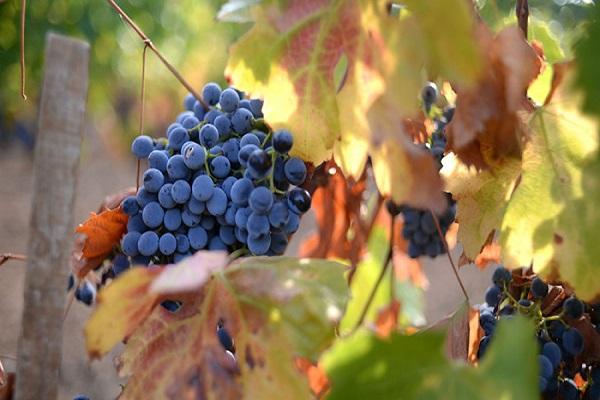
Grinding raw materials, or obtaining pulp
The integrity of the grapes must be broken for the juice to begin to drain. To do this, the grapes are crushed - with hands, a potato crush. The compression should not be strong, so as not to damage the bones. Therefore, blenders, presses, meat grinders are not used.
Place the prepared pulp in containers that are not subject to oxidation - in stainless steel pans, enameled, glass.Traditionally, wooden barrels are used, which are pre-washed and dried.
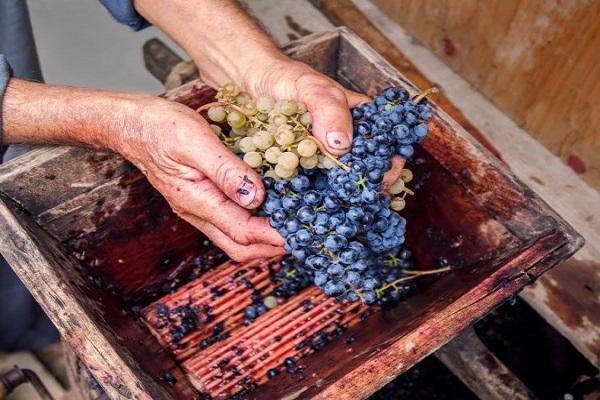
Pulp fermentation
The container with the wine blank is covered with a cloth and tied to exclude the entry of insects. The composition is stirred 1-2 times a day to facilitate fermentation. When all the cake has surfaced and turned into a dense mass, it is removed, squeezed out. The juice must be free of grape particles.
Wort preparation
The juice should continue to ferment. To do this, it is poured into containers that can be hermetically closed - glass bottles, jars, barrels. It is required to prevent contact of the wort with air. For this, water locks are made. The container is tightly closed, a tube is inserted into the lid, the end is taken out into the water.
During fermentation, gases are formed, so the container is filled by 2/3 of its volume. Gases will exit the bottle through the tube. The easiest way to replace the vent tube is to tightly put on the neck and tie on the surgical glove, making a few holes in the rubber with a needle.
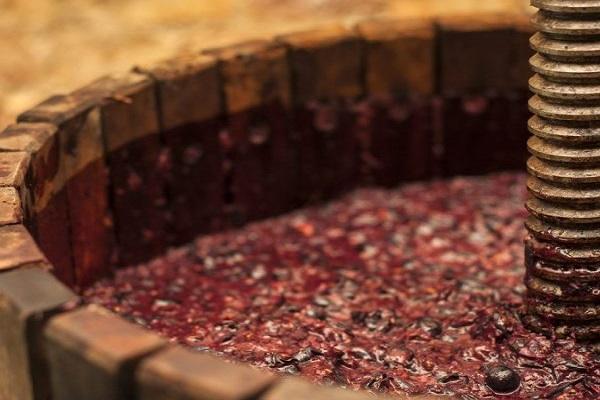
Wort fermentation and clarification
How to ensure flavor and correct fermentation:
- the bottle is kept out of direct sunlight, in a bright room;
- temperature - 18-28 °, low temperatures stop fermentation, high temperatures lead to the formation of alcohols that impair the taste.
Most grape varieties require added sugar to improve flavor and maintain fermentation. It is injected 2-3 times depending on the taste of the wort. The first time is 2-3 weeks after bottling.
The volume of sugar is 50 grams per liter. Part of the liquid is poured from the bottle, the entire volume of granulated sugar is dissolved and returned to the general container.
Before the rest of the sugar additions, the wort must be tasted. If it is sweet, fermentation is active, too strong and sugary drink is not required, sugar is not added. During fermentation, the wort gradually brightens and matures.
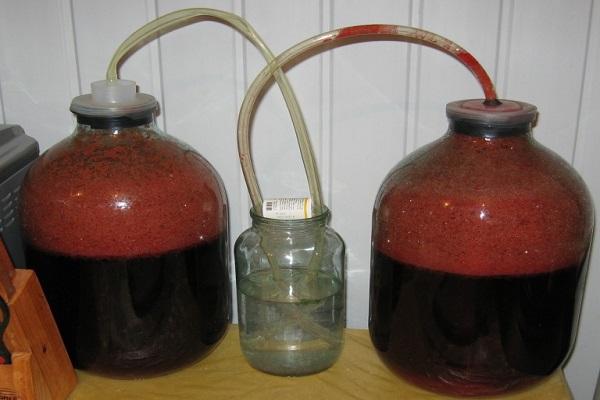
Clarification of wine with gelatin
Gelatin will help to remove dregs from wine, clarify, stimulate the formation of sediment. For 5 liters of wine, take an incomplete tablespoon of gelatin. It is poured with a tablespoon of cold water and allowed to dissolve and swell (1-2 hours). Add the same amount of boiling water, knead until smooth. After cooling, pour into the wine with constant stirring.
They put the drink on re-fermentation for 2-3 weeks using a water seal. The turbidity is expected to precipitate.

Separation of wine from sediment
The completion of fermentation is indicated by:
- lack of gas escape through the water seal (glove falling off);
- clarification and transparency of the liquid;
- formed sediment.
The wine should be drained quickly so that the taste does not deteriorate. The bottle is placed on an elevation, a flexible hose is lowered and, having sucked in, begin to pour into another container. It is important not to touch the sediment - leave it in place.
Important: if the wine is not sweet enough, you can add sugar and put it on for additional fermentation by installing a water seal.
The container is filled to the top, then the process of quiet (inactive) fermentation takes place. Wine is regularly drained from the lees.
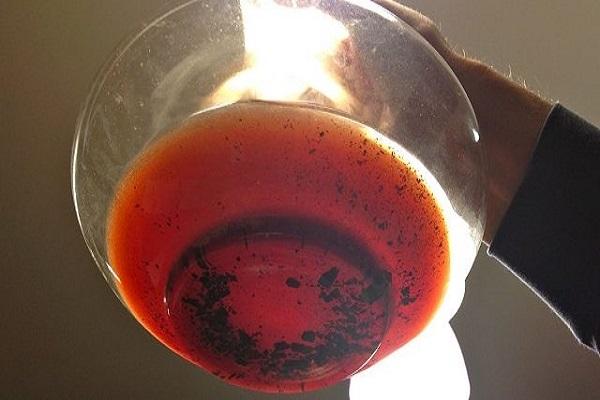
Filling and storage
When the precipitate stops forming, the drink is transferred into bottles, leaving a couple of centimeters in front of the cork, and sealed. Store in a cool, dark place (cellar). Ripening occurs from several months to one and a half years. The quality is constantly improving.
Features of making different types of wine
At home, you can make different types of wines, including the most useful dry drink, according to nutritionists. The color of the product depends on the grapes used, the strength depends on the percentage of sugar and alcohol.
Dry
To prepare a dry drink, sugar is not used at all - fermentation is provided by fructose in the grapes. Therefore, only the sweetest grape varieties are chosen - with a sugar content of 15-22%. If you put wine from low-quality raw materials, it is no longer possible to improve the taste.
Note: dry wines are obtained with a strength of 8-11 °, the taste depends only on the quality of the grapes.
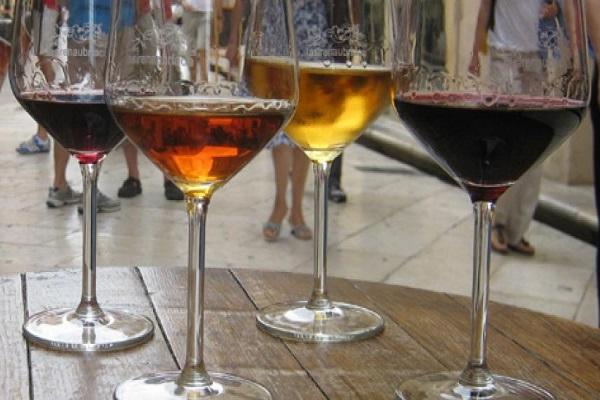
Red
After clarification during fermentation, dark grapes give a red drink. These are the hardest and most aromatic types of natural wines. To cook a quality product, you need to maintain a temperature of 22-29 °. The sweeter the grapes, the more refined the taste. Artificial addition of a large amount of sugar is undesirable, in this case, it will not be possible to make wine with a natural taste. Readiness occurs 2-3 months after bottling.
White
It is recommended to put white wines on pure juice - the solid components are separated immediately. Green grapes are used as raw materials.
It is easy and quick to make such drinks - it takes no more than 2 months for quiet fermentation.
Pink
Mixing dark and green grapes to make homemade wines will produce a pink-colored drink. It is necessary to prepare the composition taking into account the combination of grape tastes, not forgetting that dark varieties are more fragrant and tart, can completely overlap the delicate aroma of light varieties.

Fortified
The following technologies are used to make fortified wine:
- increased sugar input - with the addition of 1% sand, the fortress rises by 0.5%;
- fastening with alcohol - permissible addition - 2-15% of the volume.
Note that the latter method impairs the taste, introduces an alcoholic smell into the finished product, and deprives it of naturalness.
Sparkling
To make the wine sparkling, it is poured when fermentation begins to weaken (after 14-28 days). For bottling, use champagne bottles. The main thing in cooking is to properly cork with natural corks with bridles. For storage, the bottles are laid with a slope so that the cork is wet.

Drink storage rules
The ideal storage place is a dark basement with a constant temperature of 6-8 °. At home, you need to provide the wine with a darkened place with a temperature of 10-15 °. Humidity is maintained within 60-80%. Bottles need complete rest. With natural corks, the bottles are placed horizontally.
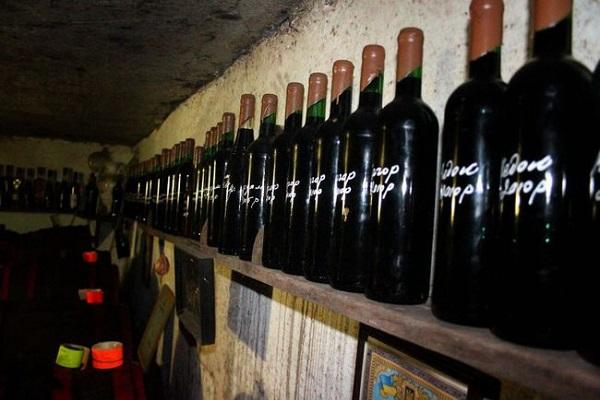
Popular recipes
A step-by-step recipe for making dry wine - from sweet varieties of Pinot Noir, Solaris:
- Juice preparation. Crush the fruits and keep in a container for 12-18 hours. Squeeze out the juice and pour into a bottle.
- Install a water seal.
- Let the wort ferment for 3 weeks at a temperature of 22-28 °.
- Drain from sediment. Let it be fermented for 3 weeks in a closed jar.
- Remove again from the sediment and leave for another month.
Pour into bottles and store.
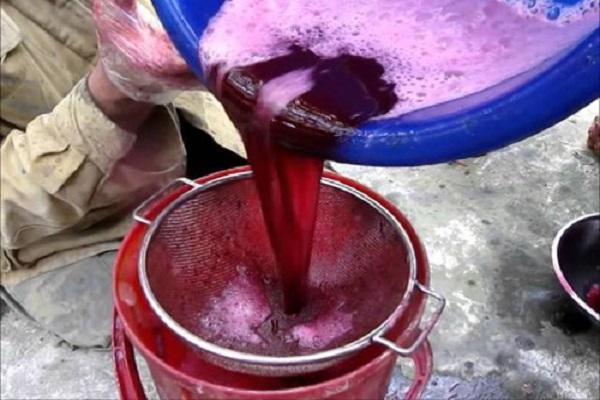
With your own hands, you can make delicious wine from the popular Lydia variety. You will need 3 kilograms of sugar per 10 kilograms of raw materials. The pulp is kept in a container closed with a cloth for 5 days. Then the juice is drained and squeezed. Pour into a bottle with a water seal or a simple rubber glove, adding 2 kilograms of sugar. The remaining sugar is added after 14 days. The total fermentation time is 3-4 weeks. After bottling, keep in the cellar for at least a month.
Making wines at home is creative and exciting. In the process of preparation, the recipes are improved, the winemakers acquire the necessary skills and secrets. It will take a long time to prepare the wine, but the result will pay off.
